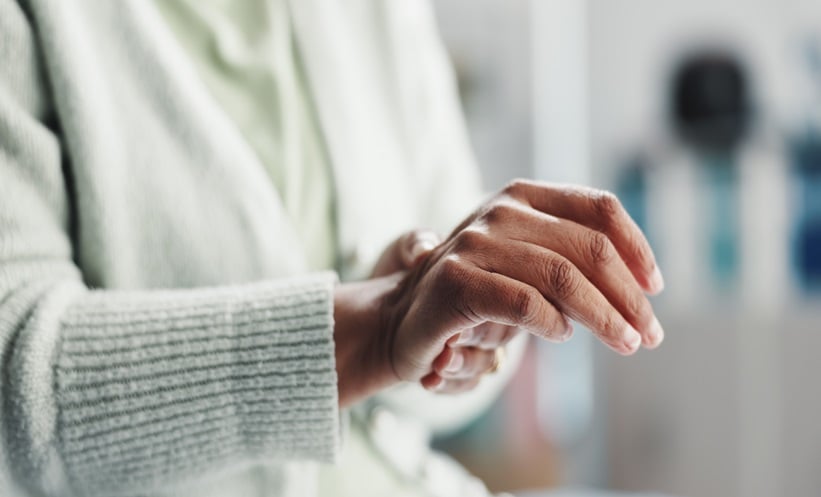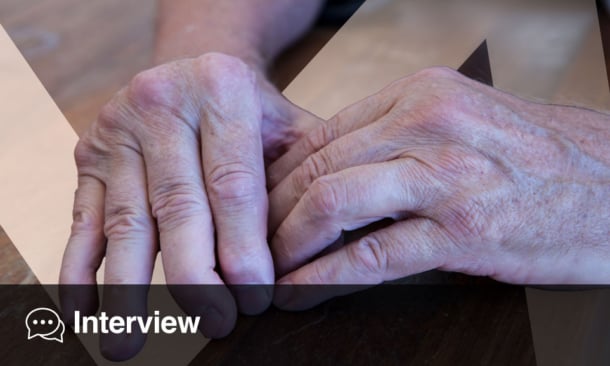A NEW clinical trial has shown that a home-based brain stimulation treatment, when combined with exercise and pain education, can significantly reduce pain-related disability in women with fibromyalgia—a chronic condition marked by widespread pain and fatigue.
The randomised, double-blind study involved 112 women who self-administered anodal transcranial direct current stimulation (A-tDCS) at home for four weeks. The electrical stimulation targeted the left dorsolateral prefrontal cortex, a brain region involved in pain modulation and emotional regulation.
All participants also engaged in supervised exercise programs and pain neuroscience education (PNE). Those who received active stimulation, as opposed to a sham (placebo) version, experienced significantly greater reductions in pain interference with daily life, as measured by the Multidimensional Pain Interference Index (MPII).
By the end of the trial, pain-related disability dropped by nearly 39% in the A-tDCS group compared to 16% in the sham group. Notably, over 60% of patients receiving A-tDCS reported at least a 50% improvement, versus just under 38% in the placebo group.
Researchers also explored how placebo responsiveness affected treatment outcomes. While patients who responded to placebos saw improvement with both active and sham treatments, A-tDCS still outperformed the placebo even in these individuals—suggesting the therapy’s clinical effectiveness goes beyond psychological expectation.
“This study supports A-tDCS as a promising, at-home treatment to improve function and reduce the burden of fibromyalgia,” said lead author Dr. Wolnei Caumo. The findings could open new, accessible avenues for managing a condition often resistant to standard therapies.
Reference
Caumo W et al. Home-Based Transcranial Direct Current Stimulation vs Placebo for Fibromyalgia: A Randomized Clinical Trial. JAMA Netw Open. 2025;8(6):e2514262.








